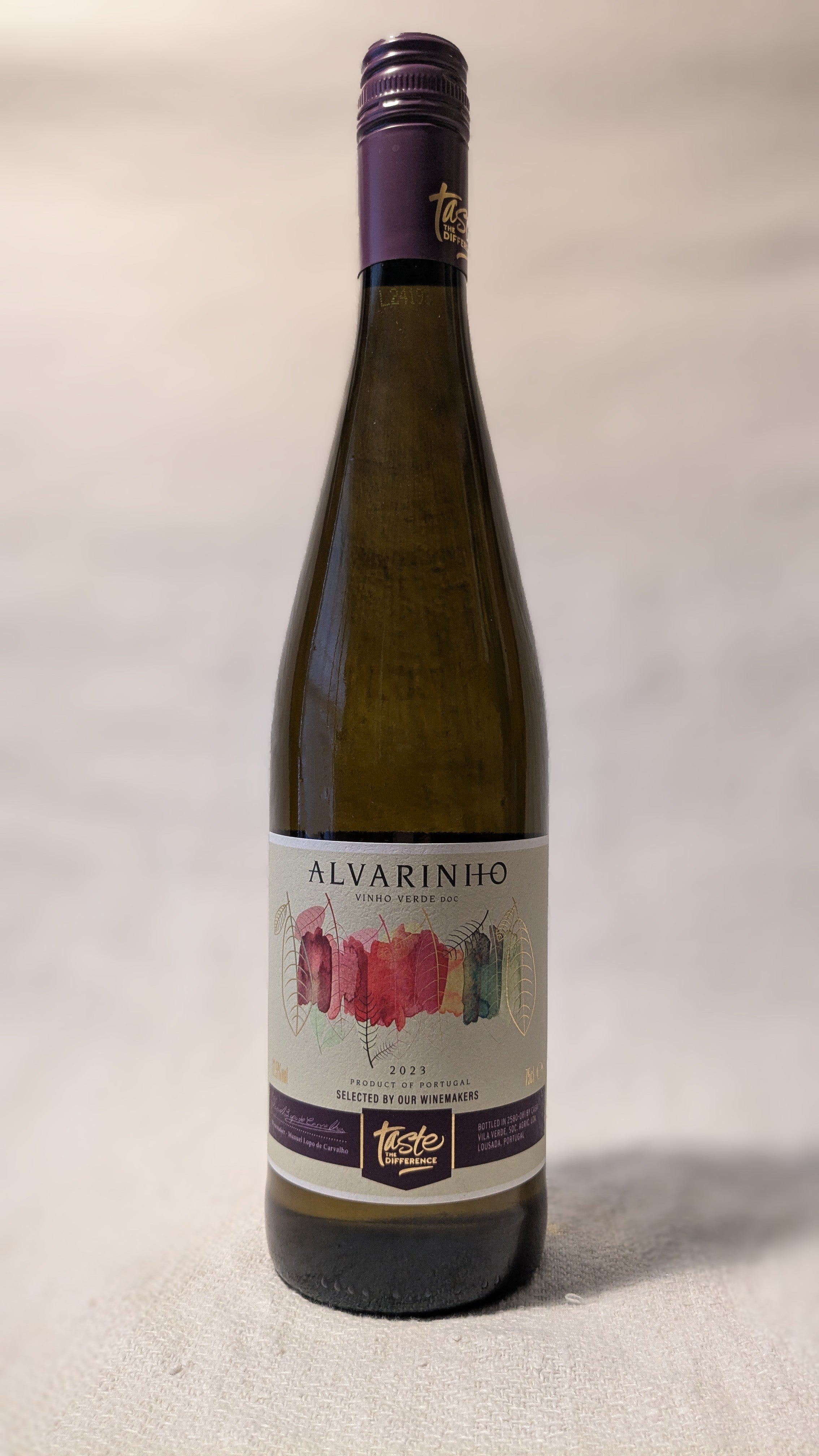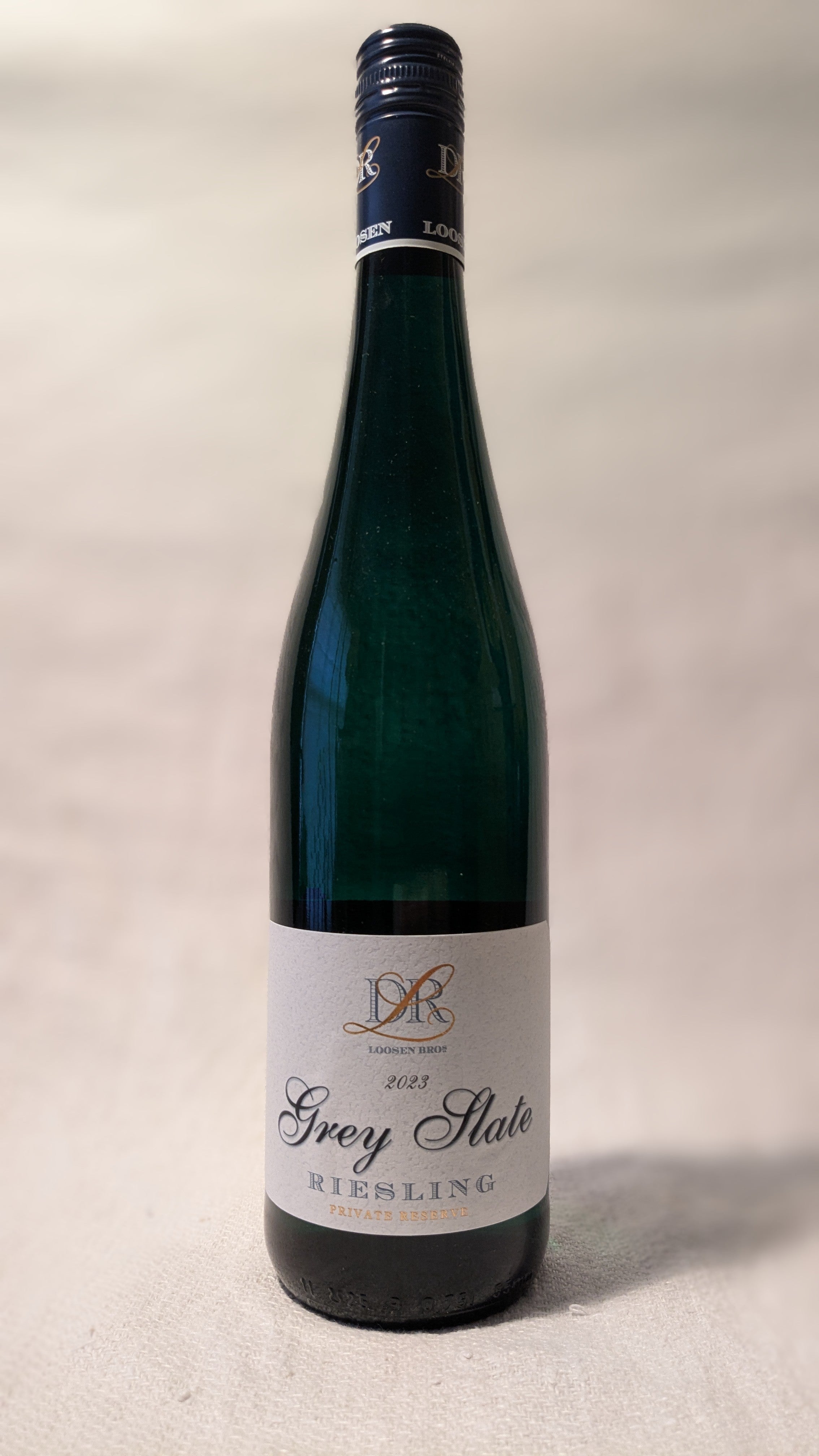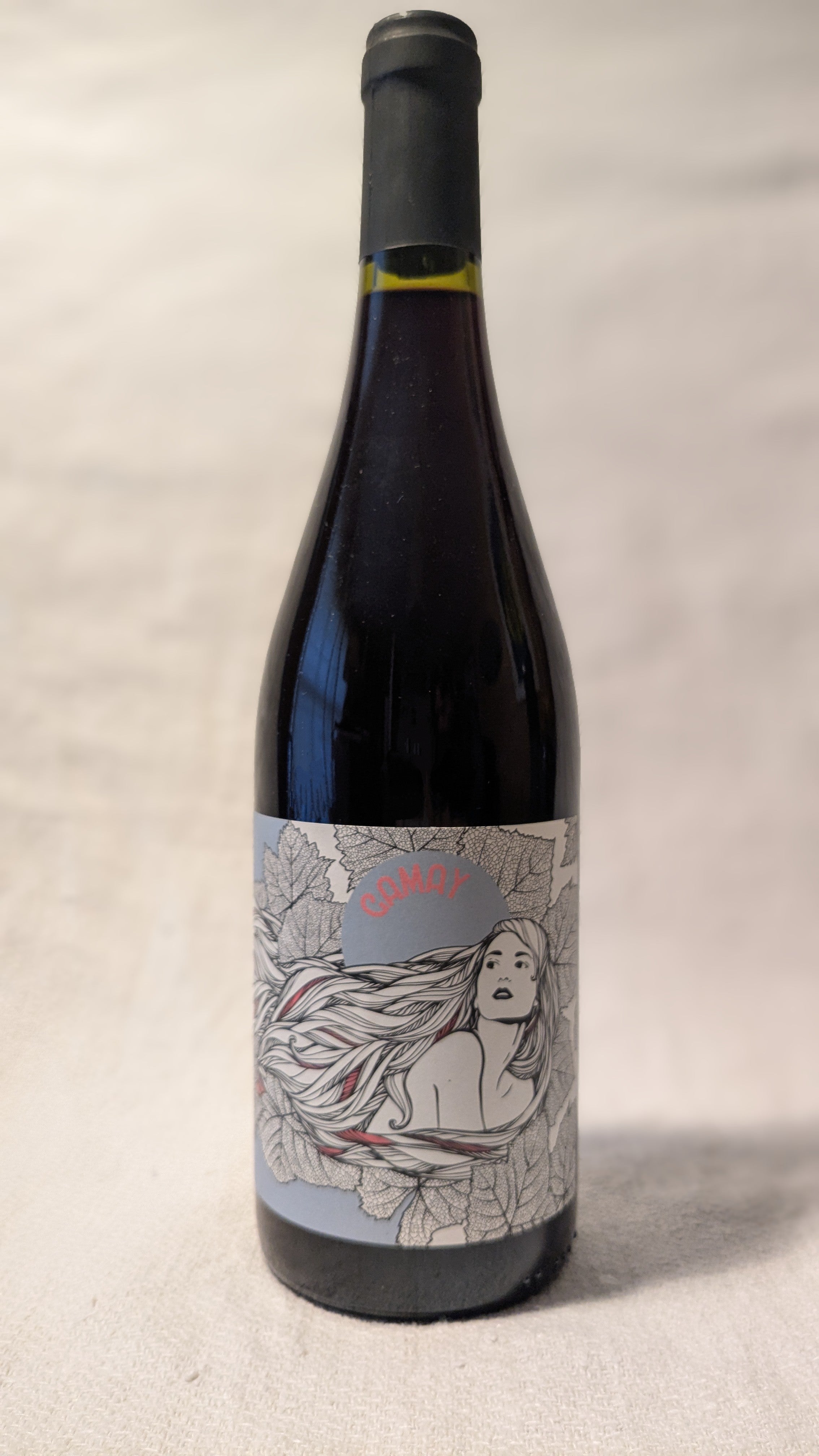Wine has just got more expensive – thanks to Rachel Reeves
The biggest change to alcohol duty in the last 50 years came into effect on 1 February, meaning the price of booze is set to go up again – and that the government will dictate the flavour and range of wines available to consumers, writes Rosamund Hall
I appreciate that alcohol duty might sit alongside meter readings and tax returns for the level of interest it sparks in you but, whether you like it or not, this change is going to have an impact – and no, not in a good way. Unfortunately, wine (among other alcoholic beverages) is going to get more expensive… again.
It is a monumental change for the drinks industry. It means duty will be charged based on a sliding scale of alcohol by volume (ABV) as opposed to a fixed rate between 11 and 14.5 per cent ABV, which handily encompasses the vast majority of wines produced. This means that wines with a higher level of alcohol will be charged a higher rate than those of a lower one.
The Wine and Spirits Trade Association (WSTA) has been campaigning tirelessly for this overly bureaucratic and ultimately ridiculous new system to be scrapped but unfortunately, the government is pressing ahead with the change that was introduced by its predecessors.
If that wasn’t enough, there is a “double tax slam” as alcohol duty levels are also rising in line with inflation. It is estimated that the average bottle with an ABV of 14.5 per cent – which covers many of our nation’s favourite reds – could go up by 80p. Unfortunately, I think the reality will be an even higher price hike than this – and that all wines will see an increase due to the costly administrative burden of implementing this logistical nightmare.
I know I always say it but wine just isn’t like other alcoholic drinks. You can’t dictate the climatic conditions from one year to the next, which has a huge impact on the sugar content of the grapes, and therefore the finished alcohol level – coupled with the fact that certain grapes naturally make stronger wines.
I fear the depressing reality is that you will see supermarket shelves with a growing section of “mid-strength” wines. These are wines that have been manipulated heavily by large companies to create wines of a certain alcohol level to sit in the lower tax brackets. The blunt truth is that the flavour and choices of wines available to us will be increasingly dictated by governmental policy on alcohol taxation.
But there is an alternative – wines that naturally have a lower alcohol level. I’m not talking about “no- and low-” products, though this is an exciting sector that continues to see great growth. Sales in that category soared in December, even outperforming the traditionally, and continually buoyant, month of January. Britain’s largest supermarket chain Tesco reported huge demand for low- and no- alcoholic beverages in the four weeks leading up to Christmas – with sales increasing by 15 per cent in comparison to the previous year.
This is more about seeking real wines but with moderate and lower levels of alcohol.
So, if you still want your wine to actually be wine, and not a watered-down, manipulated “mid-strength” drink, then look to regions that excel in making wines with naturally lower alcohol. Below is just a small snapshot of some of the options available to you. As a rule, look to cooler climate regions: think the Loire Valley in France, much of Germany, and Austria, too – and even southern hemisphere regions such as the Hunter Valley in Australia.
It is depressing that as wine drinkers, we continue to be punitively punished but I’ll certainly do my bit to try and find the best wines that offer optimum value for money and enjoyment for you as we navigate this new duty dawn.
Sainsbury’s Alvarinho, Taste the Difference, Portugal, 2023
Sainsbury’s, £9.75, 12.5 per cent ABV

Look to the wine regions of the northern Iberian peninsula, such as Galicia in Spain and Vinho Verde in Portugal, which are under the constant influence of the wild and bracing Atlantic Ocean. The white wines of Vinho Verde tend to land anywhere between 10.5-12.5 per cent in alcohol and are always uplifting and pleasurable.
This Alvarinho is also known as Albaranio but is grown in Portugal, not Spain. With a zippy slice of lemon, a good squeeze of lime and a touch of springtime blossom, this has all the refreshing acidity you might crave in a fresh glass of white.
Dr L Grey Slate Private Reserve Riesling, Germany, 2023
Waitrose, £9.99, 10.5 per cent ABV

When pushed to name a favourite grape variety, riesling always vies for a top spot for me. It can do everything, from lean and bone dry through to opulently sweet – it really deserves its “noble” acclaim. One of the wonders of riesling is that it never really reaches headily high levels of alcohol.
Dr L, made by one of the world’s best riesling producers, Loosen Estate, offers outstanding value for money. It’s ever so slightly off-dry but with its drenching acidity sitting beautifully alongside citrus zest, a crunch of green apple and a slice of soft peach, it is totally moreish.
Val de Loire Gamay, Huteau Boulanger, France, 2023
Wine Society, £9.25, 12 per cent ABV

Look to France’s third largest wine-producing region, the Loire Valley, for an array of wines – including red, white, rosé and, of course, sparkling – all with judicious alcohol levels.
There are more and more plantings of gamay, a great grape for lighter reds, and this is a bright example. Plump blueberries sit alongside hedgerow blackberries and punnets of fresh dark cherries – it’s juicy and fun.
Beck Ink, Weingut Judith Beck, Austria, 2022
Les Caves de Pyrene, £16.55, 12 per cent ABV

If you’ve never had the pleasure of an Austrian wine, let this be your sign to seek them out. For whites, look for grüner veltliner, especially if you enjoy unoaked chardonnay and rieslings. For the reds, there is a range of varieties including blaufränkisch, zweigelt and St Laurent – all of which pack a punch in flavour, but not in ABV.
Judith Beck is one of the great champions of Austrian wines, supporting younger winemakers and championing innovation and sustainability. This wine is 90 per cent zweigelt with a smidge of St Laurent and is made with minimal intervention. It’s smoky and reminds me of one of my favourite descriptors that a dear friend suggested once; “a hint of bacon Frazzles” (a popular crisp in the UK). But beyond that, it has bountiful fruit, with deep and juicy blackcurrants and blackberries, mouth-watering acidity and a touch of appealing fresh green herbs too.
Rosamund Hall (DipWSET) is a freelance writer, presenter and columnist specialising in wine and spirits as well as travel and lifestyle
Join our commenting forum
Join thought-provoking conversations, follow other Independent readers and see their replies
Comments
Bookmark popover
Removed from bookmarks